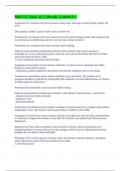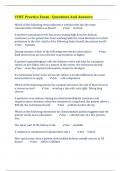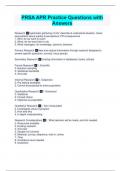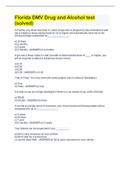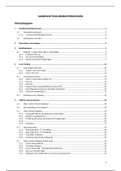Summary
Samenvatting chemical process technology
- Course
- Institution
A comprehensive summary that includes all lectures taught by Prof. Ken Broeckhoven. It describes the industrial steps to convert raw materials into everyday chemical products.
[Show more]




